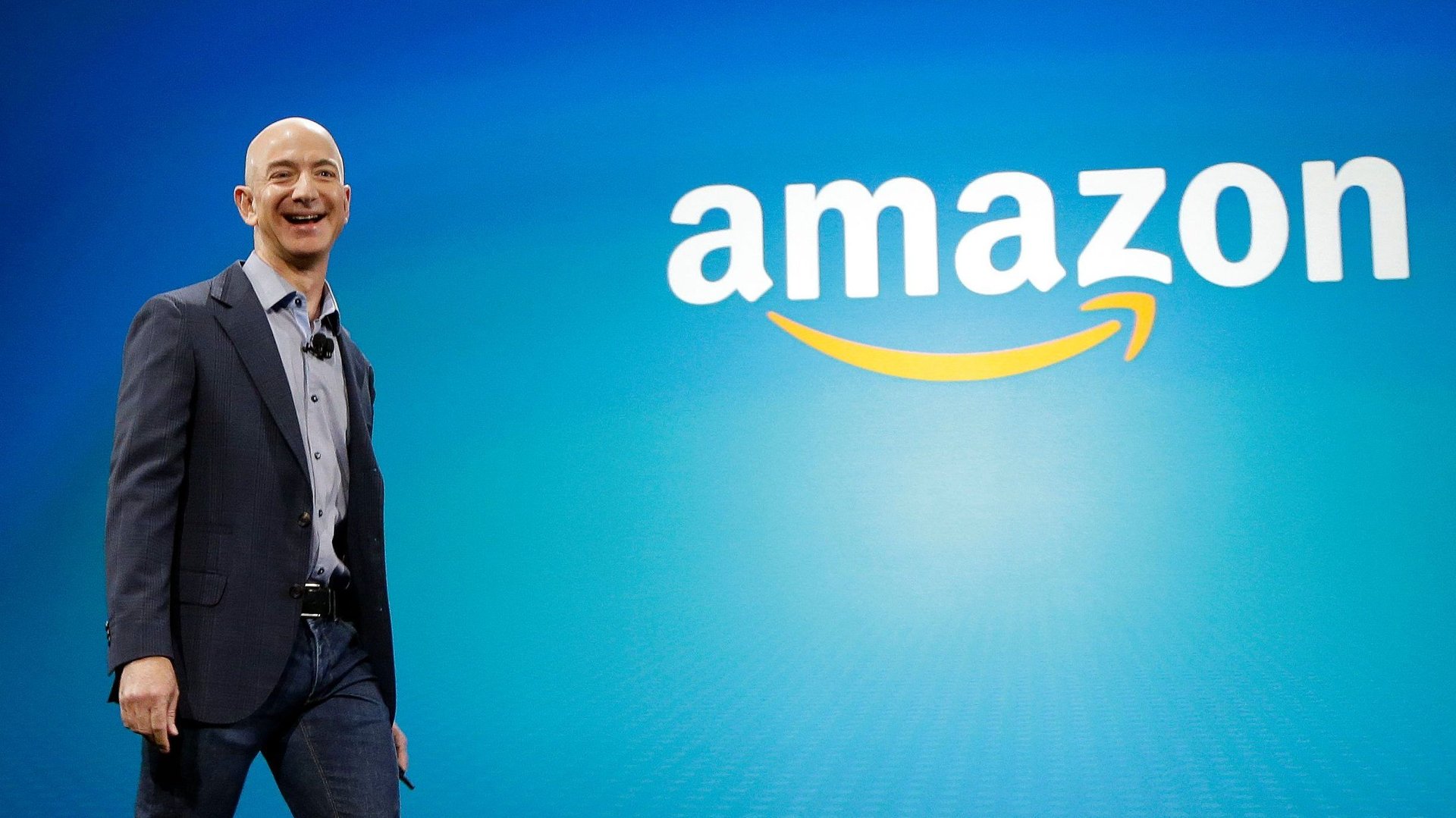Amazon may be the biggest threat to Google since Facebook
Amazon is coming for Google’s lunch.


Amazon is coming for Google’s lunch.
For years, marketers and industry insiders have heralded Amazon as a burgeoning “third force” in advertising, as former WPP chief Martin Sorrell once put it. Now, advertisers are beginning to shift dollars away from digital ad giant Google and toward Amazon, where people increasingly go to search for things they want to buy, CNBC reported on Oct. 8. The trend could make Amazon the biggest threat to Google, the world’s largest ad platform, since Facebook went public in 2012 and made a big push into mobile.
Some advertisers are moving more than half of the budgets they normally spend on search ads on Google to Amazon ads, CNBC found from talking to executives at multiple media agencies. It reportedly amounts to “hundreds of millions of dollars a year” leaving Google for Amazon.
While Google is by far the most popular search engine, surveys from Survata suggest that Amazon is the first place many people in the US go to search for products. In particular, it’s made the platform attractive to consumer packaged goods brands that sell products on Amazon, or have rivals that do, CNBC reported.
On Amazon, advertisers can also attribute a click or a view of an ad directly to items sold through the e-commerce site. That’s a little more challenging on Google, where users typically buy the items they search for on other sites.
So far, the shift hasn’t hit Google’s top line. Google brought in $54.7 billion in advertising revenue globally during the first half of 2018 (pdf), 24% more than a year earlier. Amazon’s “other” revenue segment, which consists mostly of advertising, was $4.2 billion for the period.
In September, research firm eMarketer boosted its forecast for Amazon, estimating the company would bring in $4.61 billion in just US ad revenue in 2018, or 4.2% of all digital ad spending in the US this year. That was partly because it said more people were turning to the e-commerce site to search for products, as opposed to Google. “That increased search traffic gives third-party sellers a reason to increase bids for keywords on Amazon,” said Monica Peart, eMarketer’s senior director of forecasting, in a statement at the time.
The last time Google faced such a threat to its core business was when Facebook went public in 2012. The social network grew its global advertising business from about $4 billion in revenue in 2012 to nearly $40 billion in 2017 as it started placing more advertisements on mobile and video, where Facebook users were spending more of their time, and expanding its ability to target its users. In the US, Facebook is now the second largest ad platform, accounting for about 19% of digital ad spending this year.
If Amazon follows a similar trajectory, it could eat into Google’s search business, which is one of parent company Alphabet’s biggest revenue drivers. Alphabet doesn’t break out Google’s advertising revenue, which also includes adverting on YouTube, Gmail, Google Maps, Google Play, and other platforms.
For now, Google remains firmly in the lead among digital ad platforms. It’s expected to capture 37% of all US ad spending in 2018, down from 41% in 2016. That share keeps waning as the overall digital advertising market grows, and smaller players attract more dollars.